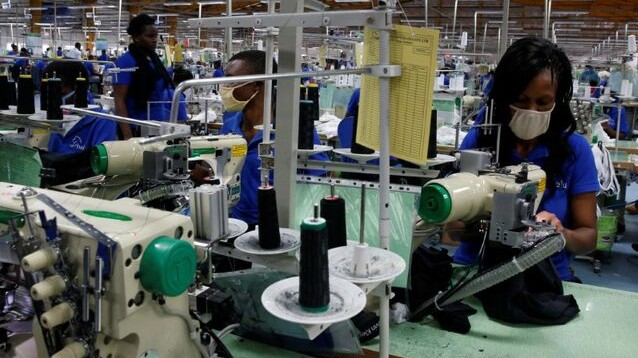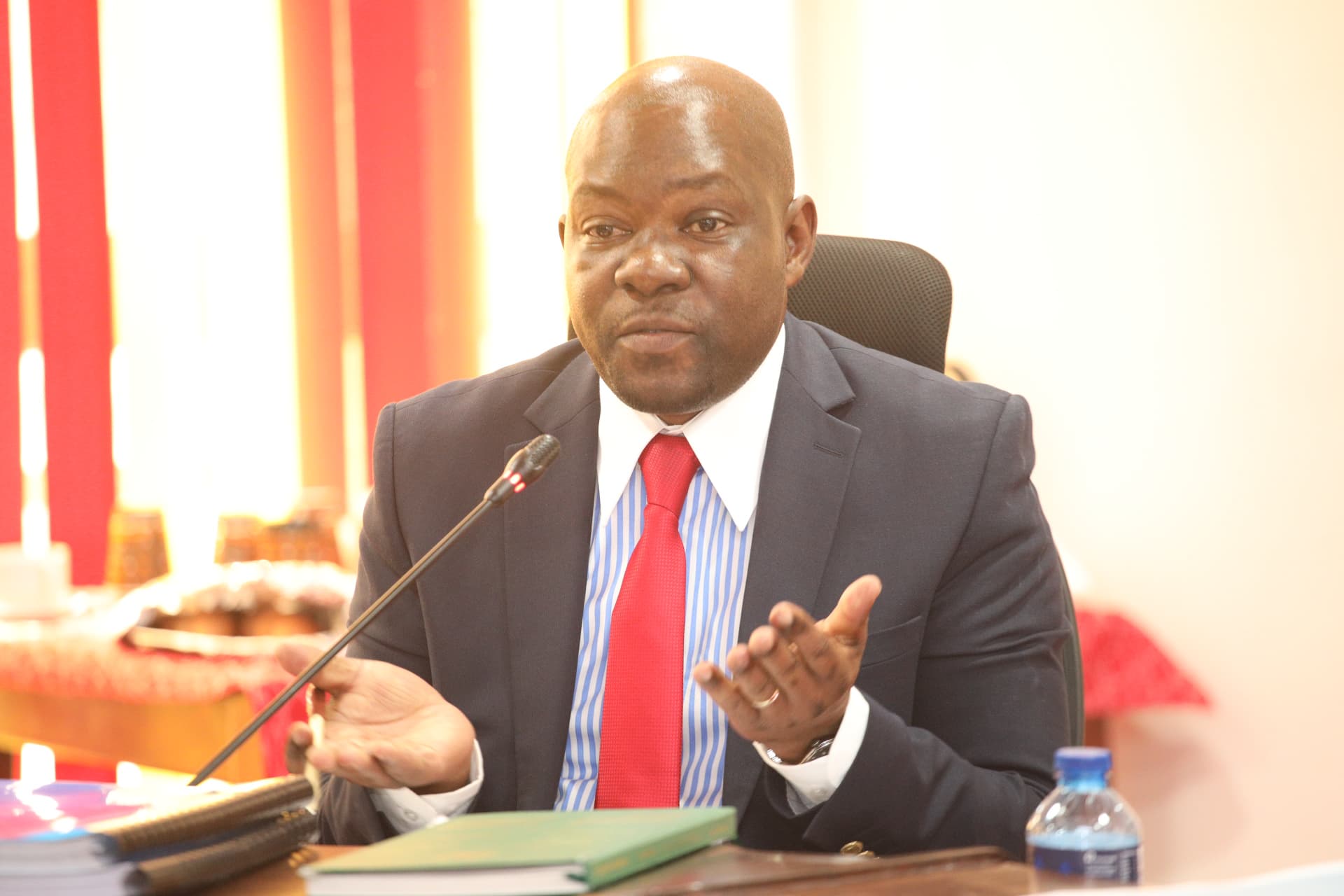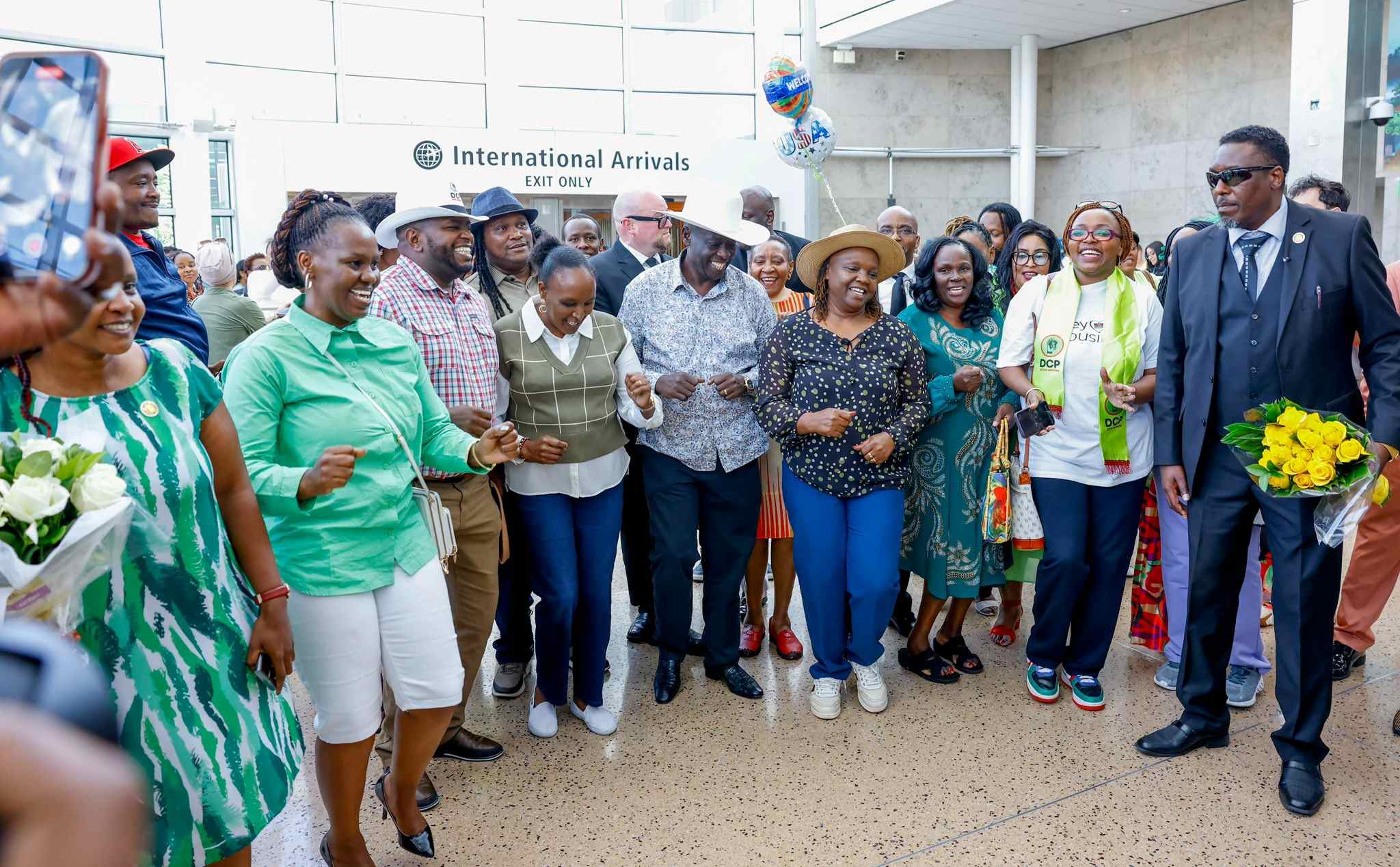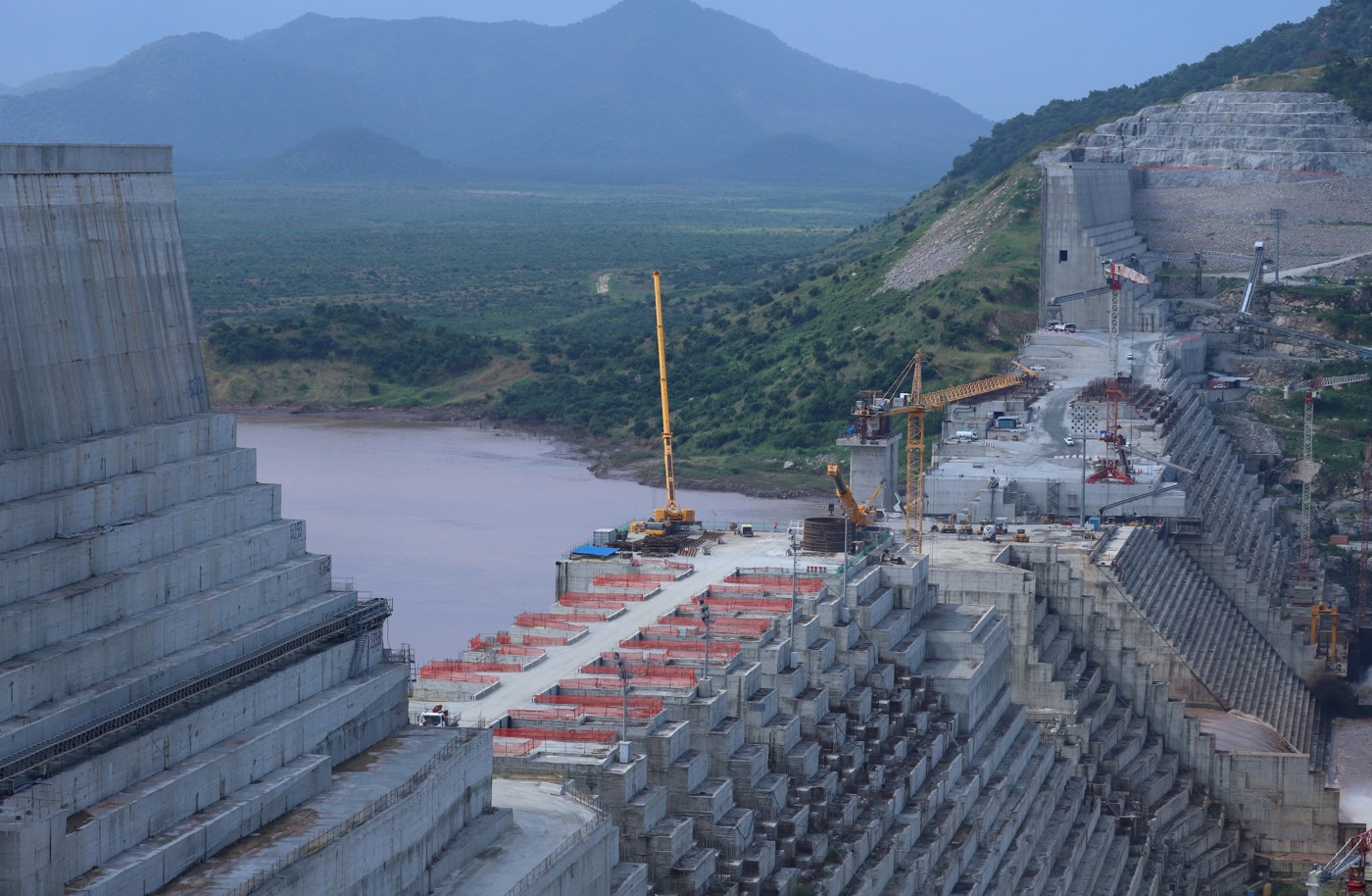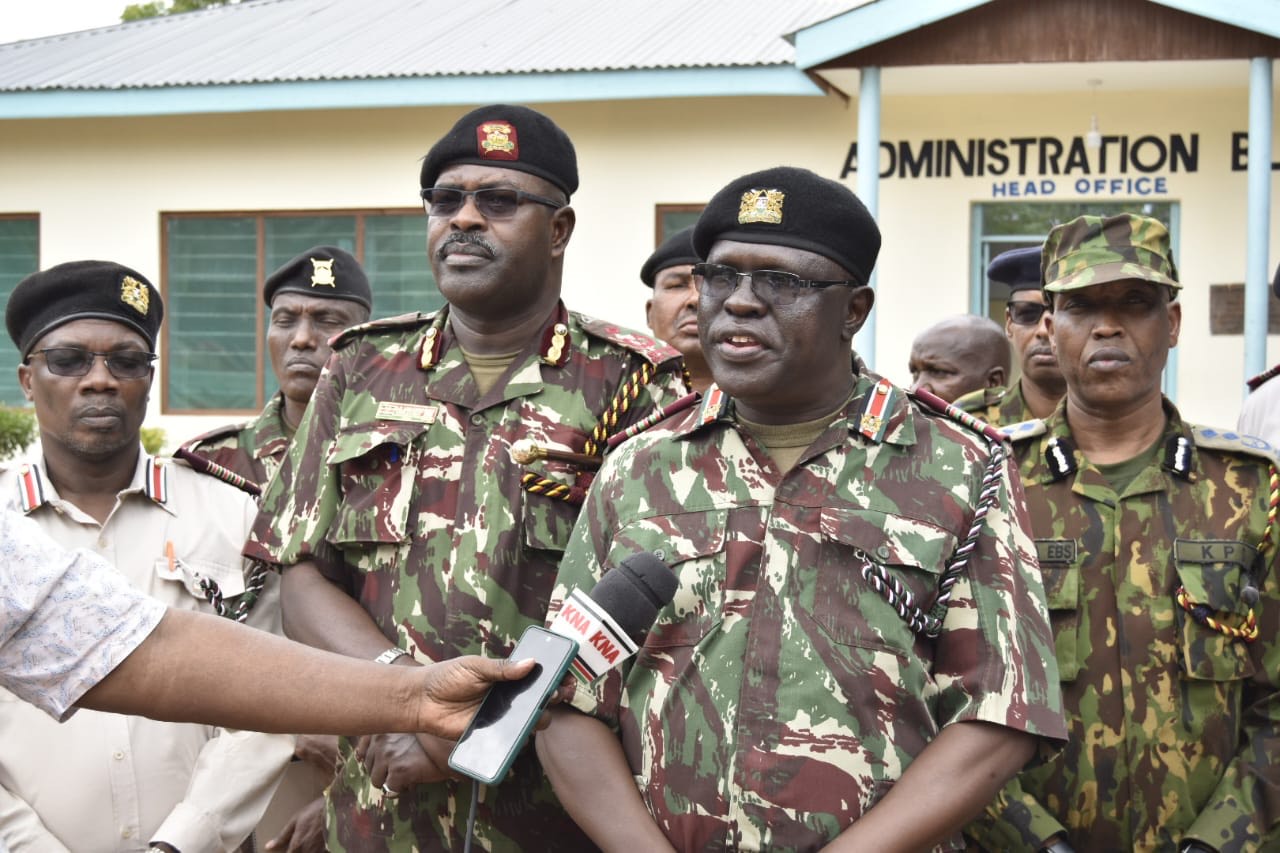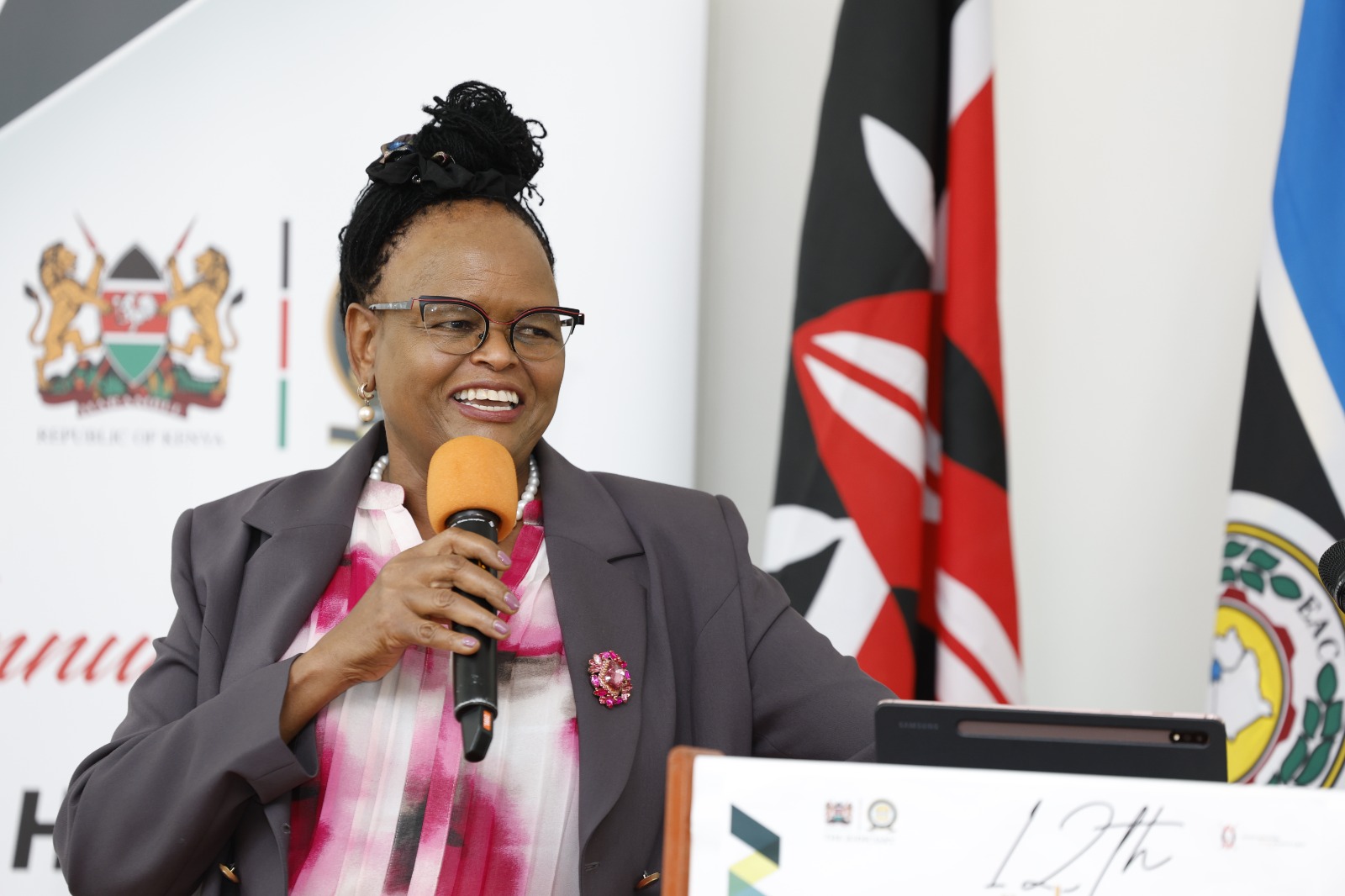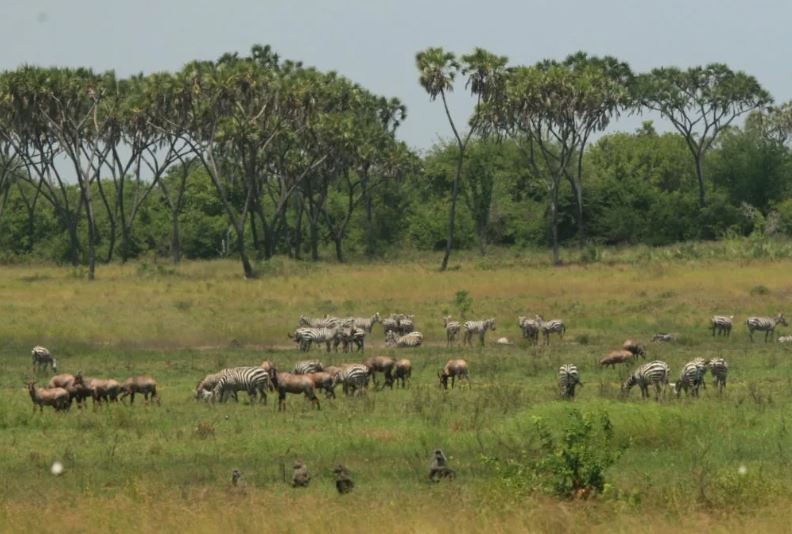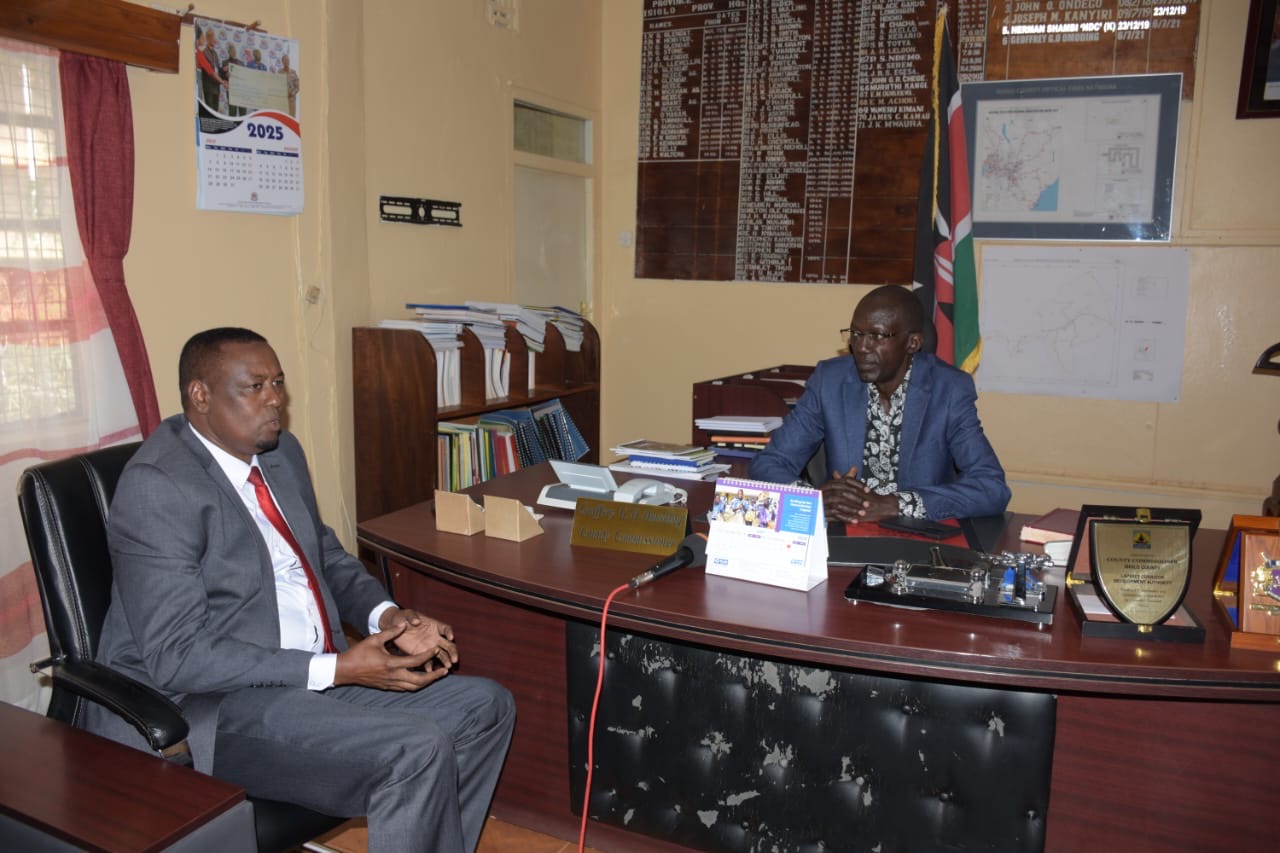Over 40,000 children treated for severe malnutrition in North Darfur - UNICEF

In North Darfur alone, more than 40,000 children were admitted for treatment, twice as many as in early 2024.
Child malnutrition has reached alarming levels across Sudan, with the number of children treated for severe acute malnutrition (SAM)in North Darfur doubling in the first five months of 2025 compared to the same period last year, according to UNICEF.
In North Darfur alone, more than 40,000 children were admitted for treatment, twice as many as in early 2024.
More To Read
- Football returns to Sudan after two-year hiatus amid civil war
- Somalia’s youngest at risk as nutrition clinics shut
- Foreign aid cuts imperil millions in East Africa as hunger crisis deepens, World Vision warns
- Kenya refugee camps face hunger crisis as WFP warns food aid could drop to 28pc
- WFP warns 52 million people face severe hunger crisis in West and Central Africa
- Violence, child malnutrition soar by 1,000 per cent as Sudan marks two years of war
Across the five Darfur states, SAM cases have increased by 46 per cent, highlighting a deepening crisis driven by conflict, displacement, and collapsing health services.
UNICEF’s latest surveys conducted between April and May 2025 reveal that 9 out of 13 assessed localities in Darfur have exceeded emergency thresholds for acute malnutrition set by the World Health Organisation.
“Children in Darfur are being starved by conflict and cut off from the very aid that could save them,” said Sheldon Yett, UNICEF Representative for Sudan. “Even before the lean season fully takes hold, these numbers are dangerously high and will likely worsen without swift humanitarian action. This is a moment of truth; children’s lives depend on whether the world chooses to act or look away.”
In East Darfur’s Yasin locality, the Global Acute Malnutrition (GAM) rate has reached 28 per cent. If that figure rises to 30 per cent, it will meet one of the key thresholds for declaring a famine.
“This data signals an escalating catastrophe for children unless urgent action is taken, in a country where famine is already occurring in several areas,” UNICEF warns.
The crisis extends far beyond Darfur. SAM admissions rose by more than 70 per cent in North Kordofan, 174 per cent in Khartoum State, and a staggering 683 per cent in Al Jazirah State. In Khartoum and Al Jazirah, part of the increase is linked to improved humanitarian access, allowing more mothers to reach health centres for treatment.
In North Darfur, especially around Al Fasher and Zamzam camp, conflict has intensified. Hospitals have been bombed, roads blocked, and humanitarian access nearly cut off. Supplies of ready-to-use therapeutic food (RUTF) in Al Fasher are now exhausted, and health facilities around Zamzam have shut down. Water shortages and poor sanitation are also increasing the risk of cholera and other deadly diseases.
The conflict has displaced hundreds of thousands. In April alone, nearly 400,000 people fled Zamzam, with many walking up to 70 kilometres to reach Tawila. Now, over 500,000 displaced people are crowding into schools and public buildings or sleeping in the open, with limited food, water, or shelter.
UNICEF and partners are working to provide life-saving aid, from malnutrition treatment to water supply, but insecurity continues to hamper efforts.
The agency is urgently calling on all parties to allow safe, unimpeded humanitarian access, and for the international community to provide an additional US$200 million (approximately 25.8 billion)to sustain and expand nutrition services.
Top Stories Today

